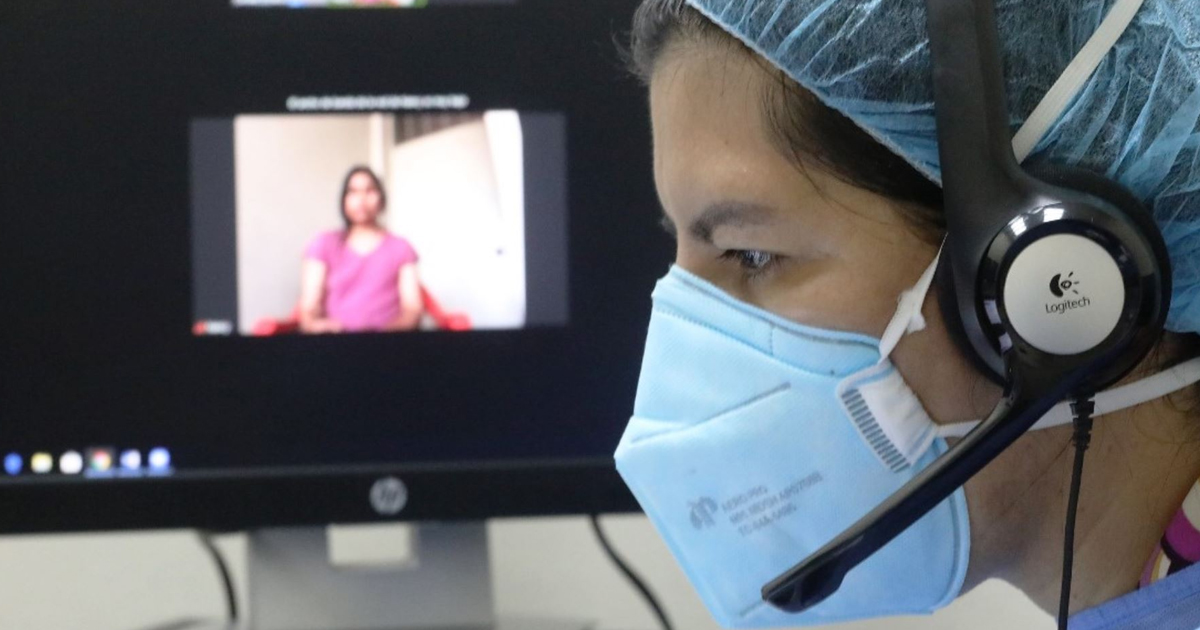Key points
INTRODUCTION
- Non-alcoholic fatty liver disease (NAFLD/NAFLD) encompasses a spectrum of conditions characterized by evidence of hepatic steatosis on imaging or histology and secondary absence of hepatic steatosis, such as alcohol consumption or chronic medication use
- Non-alcoholic fatty liver disease is a silent disease.
- It has several phases of progression: simple steatosis, steatohepatitis, fibrosis, cirrhosis and could progress to hepatocellular carcinoma
- The presence of liver injury with inflammation + with or without fibrosis constitutes non-alcoholic steatohepatitis (NASH/NASH)
ETIOLOGY
- Obesity, diabetes, dyslipidemia, insulin resistance and metabolic syndrome, associated with the appearance of NAFLD
- Therefore, they present cardiovascular risk factors.
EPIDEMIOLOGY
- Incidence is on the rise in Western countries
- NAFLD prevalence
- 80% – 90% in obese adults
- 30% – 50% in adults with Diabetes Mellitus
- 90% or higher in adults with dyslipidemia
- 40% to 70% in children with obesity
PATHOPHYSIOLOGY
- Environmental and genetic factors intervene
- first degree relatives
- SIRT1 activation
- Insulin resistance causes:
- Accumulation of triglycerides in the cytoplasm of hepatocytes
- Accumulation of fatty acids and triglycerides in the liver due to an excessive supply of them
- Sinusoidal collagen deposition and portal fibrosis develops NASH
- Accumulation of fatty acids makes the liver more vulnerable to injury
- Excess of CHOs stimulates hepatic synthesis of fatty acids
- Obesity releases inflammatory mediators that damage hepatocytes
HISTOPATHOLOGY
- In NAFLD, liver biopsy shows more than 10% from hepatocytes with fat droplets
CLINICAL PRESENTATION
- NAFLD:
- Most asymptomatic, some with nonspecific symptoms
- Fatigue is one of the most common symptoms
- Upper abdominal pain, thirst, bloating, and sleep disturbances
- Moderate hepatomegaly is the most common clinical sign.
- Most asymptomatic, some with nonspecific symptoms
EVALUATION
- Slightly elevated serum aminotransferases (main biochemical data), although they may appear normal.
- GGT elevation, marker of increased mortality
- Ultrasound, routine method
- Liver biopsy, gold standard for NAFLD diagnosis
- “NAFLD in metabolic syndrome score”, is a non-invasive score to predict the development of NAFLD, it includes:
- BMI > 25
- AST/ALT > or = 1
- DM2
- Obesity
DRIVING
- Changes in lifestyle
- With simple steatosis, weight loss of 3% – 5%
- Before NASH, weight loss from 7% – 10%
- Control of risk factors (Statins in dyslipidemias, control SAH and DM)
- multidisciplinary treatment






